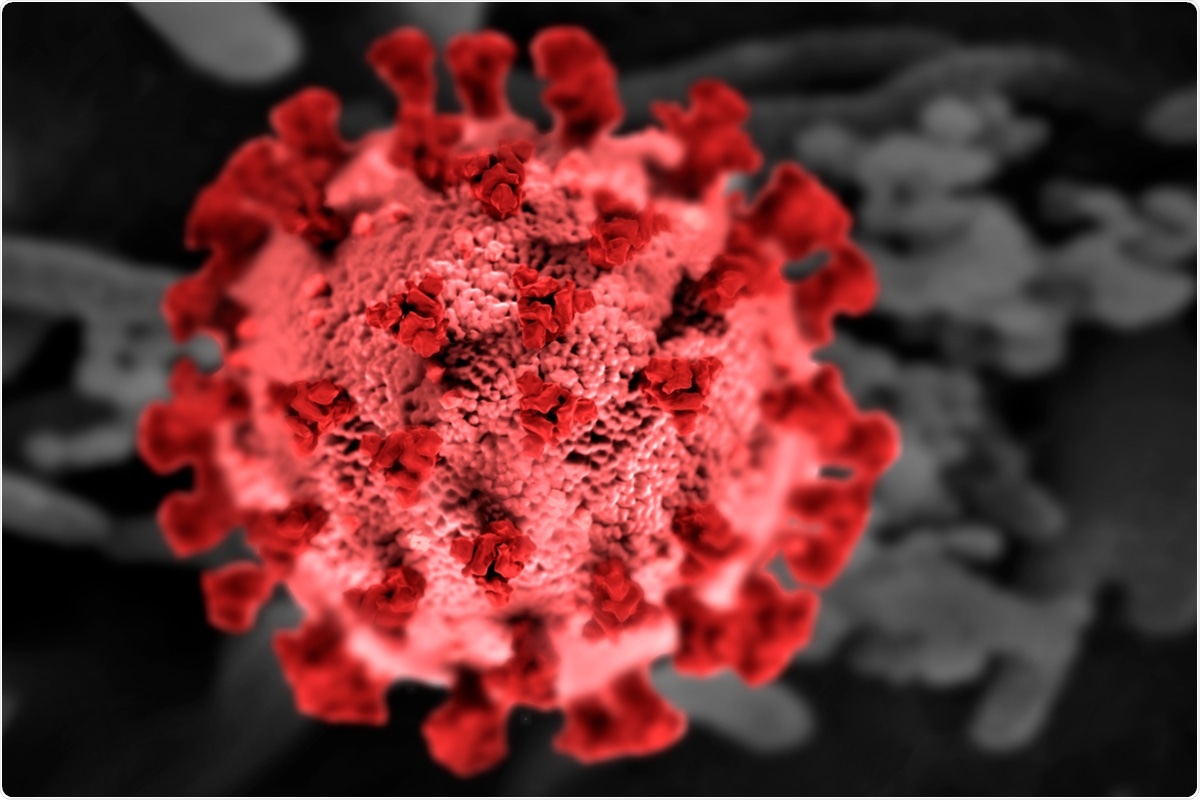The worldwide outbreak of severe acute respiratory syndrome coronavirus 2 (SARS-CoV-2) has claimed more than 2.7 million lives. SARS-CoV-2 belongs to the Coronaviridae family, which contains a positive and single-stranded RNA genome. In addition to SARS-CoV-2, researchers have reported the presence of six potential coronaviruses that can infect the human population.
In 2002–2004, SARS-CoV-1 had claimed over 900 lives across 32 countries. MERS-CoV had been also reported to cause epidemics in over 20 countries, since 2012. The data up to January 2020, revealed that this virus had already caused 866 deaths. Analyzing this data, researchers concluded that coronaviruses have a high mortality rate and are life-threatening to humans.

Coronaviruses contain large RNA genomes and are categorized into four genera, namely, Alphacoronavirus, Betacoronavirus, Gammacoronavirus, and Deltacoronavirus. The SARS-CoV-1, SARS-CoV-2, and MERS-CoV belong to the genera Betacoronavirus, which contains open reading frames (ORFs). These ORFs encode nonstructural proteins (nsps), and structural proteins such as spike (S), envelope (E), membrane (M), nucleocapsid (N), and accessory proteins. An extensive body of research has revealed that virus-encoded noncoding RNAs play a crucial role in the infection process. The identification of noncoding RNAs in coronaviruses therefore plays a significant role in understanding the complex transcription process.
The circular RNAs (circRNAs) are reported to possess varied functions in mammals and plants. These are covalently closed long noncoding RNAs that lack a 3’ poly(A) tail and 5’ cap. The diverse functions of circRNAs are owing to the presence of multiple protein binding sites. It also encodes proteins and interacts with other proteins as a part of its varied functions. For instance, circFOXO3 can inhibit the process of the cell cycle by binding to cyclin-dependent kinase 1 and cyclin-dependent kinase 2 during the cell cycle.
Previous research has revealed that several viral circRNAs, such as hpv-circE7, ebv-circRPMS1, and ebv-circLMP2A, are associated with the development of cancers. Scientists have identified and characterized circRNAs from cancer-associated viruses, namely, Epstein–Barr virus and the Kaposi’s sarcoma herpesvirus. However, there is a research gap in regards to circRNAs in coronaviruses.
New research published in Briefings in Bioinformaticsm has identified thousands of circRNAs in Betacoronaviruses, including MERS-CoV, SARS-CoV-1, and SARS-CoV-2, from the RNA-sequencing data of viral infections. These coronaviruses have a similar genomic structure with a diverse circRNA coding ability. Researchers have also systematically characterized circRNAs in coronaviruses, with regard to their size, sequence feature, expressions, genome, location preference, and functions. This opens the door to further explore and understand the mode of action of individual circRNAs in coronaviruses.
The current study has reported that MERS-CoV encodes more than 20,000 viral circRNAs, which is significantly more than SARS-CoV-1 and SARS-CoV-2. Researchers have also found that even though SARSCoV-1 and SARS-CoV-2 share 80% genomic similarity, there is a difference in the number of viral circRNAs.
Prior research had revealed that the genome size of viruses had a weak correlation with the coding ability of circRNAs. Such connections are not found in varied genomic types, including circular or linear genomes. Another reason which contributes to the varied ability of viruses in encoding circRNAs is the influence of the RNA-binding proteins (RBPs). The dynamic expression of viral circRNAs is because RBPs proteins, which produce circRNAs, are dynamically regulated by viral infections. Scientists have reported that more than 30% of circRNAs are vigorously controlled by the alternative splicing factor. Researchers believe that more study is required to determine the coding ability of circRNAs in viruses.
The majority of viral circRNAs identified in this study are encoded by the negative strand of the coronaviruses. Thereby, the current study highlights that more research is required to understand the mechanism of generating circRNAs in the negative-strand of coronaviruses.
The role of viral circRNAs in viral infection is also a less explored area of research. The current research shows circRNAs may act as a sustained effector in cellular signaling pathways due to their unique structure and increased stability. Most of the coronavirus circRNAs, identified in this study, expressed in the later stage of infection. In the early stage of MERS-CoV infection, viral circRNAs were observed to up-regulate genes related to mRNA splicing and processing. However, the viral circRNAs were found to regulate genes involved in diverse functions such as cancer, metabolism, autophagy, etc., in the late stage of viral infection. In the case of SARS-CoV-2, genes down-regulated by viral circRNAs were linked with metabolic processes of cholesterol, alcohol, etc., and up-regulated genes were involved with functions such as cellular responses to oxidative stress in the late stage of viral infection.
One of the limitations of this study is that the identification of viral circRNAs has solely been conducted by computational methods. Further experimental validation of their presence is required. Despite the limitations, this study identifies and characterizes a range of circRNAs encoded by MERS-CoV, SARS-CoV-1, and SARS-CoV-2. Thereby, it provides a valuable resource for further research of circRNAs in coronaviruses.
Journal reference:
- Zena Cai, Congyu Lu, Jun He, Li Liu, Yuanqiang Zou, Zheng Zhang, Zhaozhong Zhu, Xingyi Ge, Aiping Wu, Taijiao Jiang, Heping Zheng, Yousong Peng, Identification and characterization of circRNAs encoded by MERS-CoV, SARS-CoV-1 and SARS-CoV-2, Briefings in Bioinformatics, Volume 22, Issue 2, March 2021, Pages 1297–1308, https://doi.org/10.1093/bib/bbaa334, https://academic.oup.com/bib/article/22/2/1297/6015892